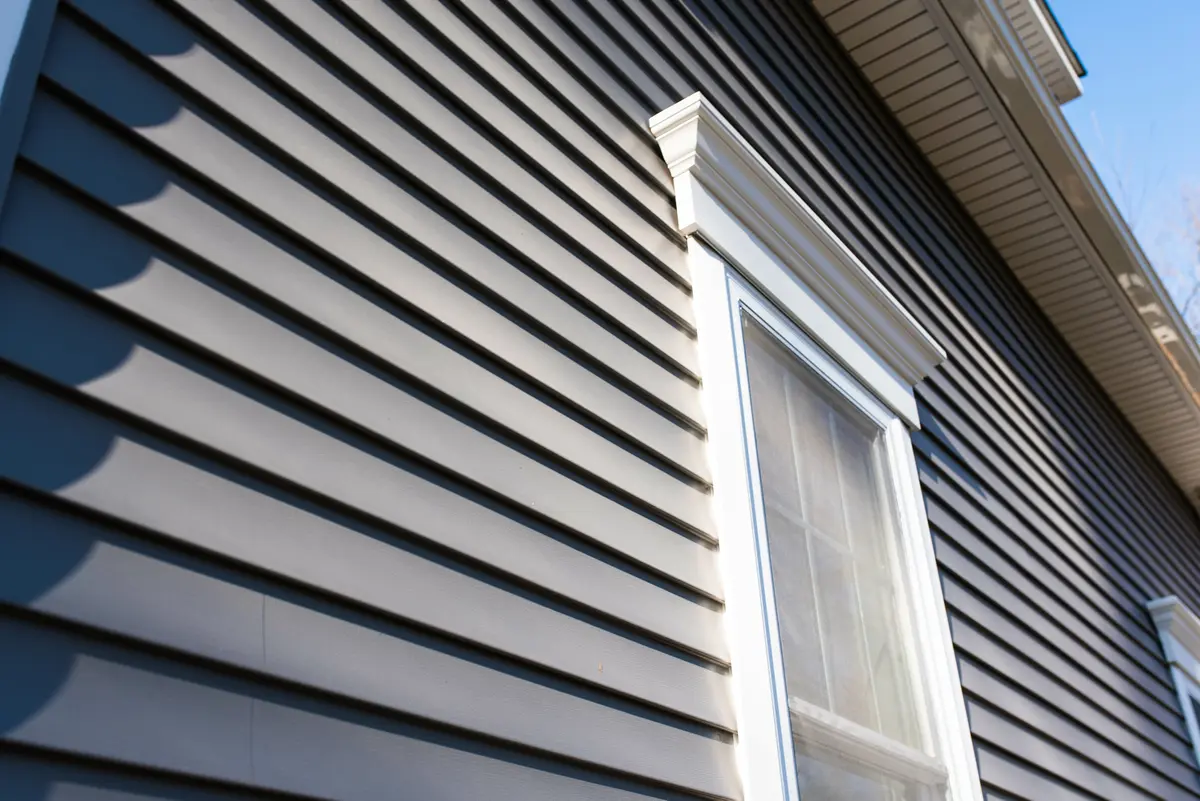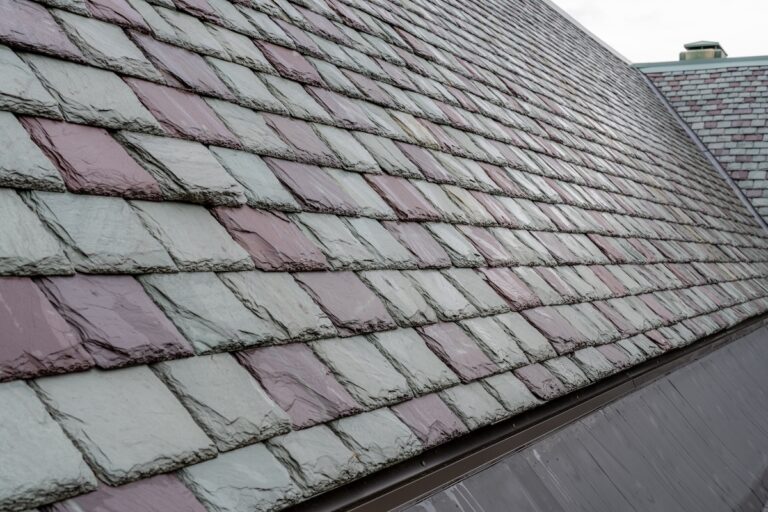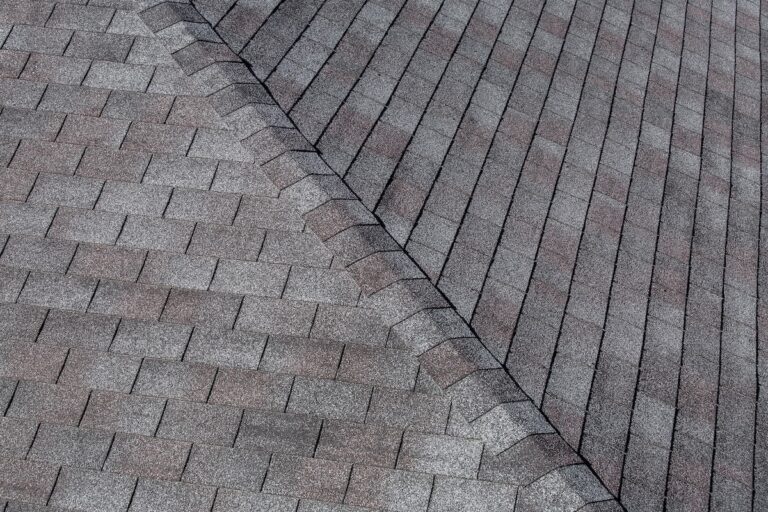When it comes to improving your home’s exterior, insulated vinyl siding is a game-changer. Not only does it enhance curb appeal, but it also provides better energy efficiency and durability. If you’re considering upgrading your home’s siding and want a solution that checks all the boxes, insulated vinyl siding might be what you’re looking for.
At Johnson Restoration, we understand the importance of choosing the right materials for your home. That’s why we’ve put together this blog post to help homeowners like you make informed decisions.
Here, we’ll cover:
- What insulated vinyl siding is
- Its benefits
- How it compares to other siding options
- What you should consider before installation
What Is Insulated Vinyl Siding?
Insulated vinyl siding is a type of building material used to clad the exterior of homes. Unlike standard vinyl siding, it features an added layer of rigid foam insulation, which is adhered to the back of the vinyl panel. This foam provides extra durability and improves the energy efficiency of your home.
While traditional vinyl siding has been popular for years due to its affordability and low-maintenance qualities, insulated vinyl siding takes these features to the next level. It’s specifically designed to offer better protection from the elements, enhance home insulation, and reduce energy costs.
6 Factors To Consider When Choosing Insulated Vinyl Siding

Insulated vinyl siding offers a long list of benefits, making it an excellent investment for homeowners. Below, we break down the advantages to give you a clearer picture of why this material stands out.
1. Improved Energy Efficiency
One of the primary reasons homeowners choose insulated vinyl siding is for its energy-saving capabilities. The foam insulation provides an additional barrier against heat loss in winter and heat gain in summer.
This means your home stays more comfortable year-round, reducing the strain on your HVAC system and potentially lowering your energy bills.
2. Enhanced Curb Appeal
Insulated vinyl siding is available in a wide range of styles, colors, and textures. Whether you prefer a traditional or modern aesthetic, there’s an option to suit your taste. The foam backing also helps vinyl panels lay flatter and straighter, giving your home a more polished look.
3. Noise Reduction
If you live near a busy road or in a noisy neighborhood, insulated vinyl siding can help. The foam layer works as a sound barrier, reducing the amount of noise that enters your home.
4. Durability
The addition of foam insulation makes this siding type more durable than traditional vinyl. It resists impact from hail, debris, and everyday mishaps like lawn mower projectiles. Many products also offer protection against cracking, warping, or sagging.
5. Low Maintenance
Say goodbye to scraping and repainting your home’s exterior. Insulated vinyl siding requires minimal upkeep. A simple wash with your garden hose a couple of times a year is usually enough to keep it looking clean and fresh.
6. Environmental Benefits
Many manufacturers produce insulated vinyl siding with eco-friendly materials and processes. Plus, the improved energy efficiency can help reduce your home’s carbon footprint.
How Does Insulated Vinyl Siding Compare to Other Options?
Before choosing a siding material, it’s important to compare how insulated vinyl siding stacks up against other popular options like fiber cement, wood, and standard vinyl.
Insulated Vinyl Siding vs. Fiber Cement
- Pros: Insulated vinyl siding is lighter, easier to install, and offers better energy efficiency. It’s also less likely to crack or chip compared to fiber cement.
- Cons: Fiber cement offers a more authentic wood appearance, which might appeal to those looking for a natural aesthetic.
Insulated Vinyl Siding vs. Wood
- Pros: Unlike wood, insulated vinyl siding doesn’t rot, warp, or require constant painting and sealing. It’s also more affordable and energy-efficient.
- Cons: Wood siding provides a classic, timeless look that insulated vinyl can’t fully replicate.
Insulated Vinyl Siding vs. Standard Vinyl
- Pros: Insulated vinyl siding outperforms standard vinyl in terms of energy efficiency, durability, and appearance.
- Cons: Insulated vinyl siding is slightly more expensive upfront compared to traditional vinyl.
Choosing the Right Insulated Vinyl Siding
Selecting the perfect insulated vinyl siding for your home involves several considerations. Here’s what you should keep in mind during the decision-making process.
- Color and Style: Your home’s exterior sets the tone for its overall aesthetic, so choose a color and style that complements your architecture. Insulated vinyl siding comes in various profiles like clapboard, Dutch lap, or board and batten.
- R-Value: The R-value measures the material’s thermal resistance. The higher the R-value, the better the insulation. Look for insulated vinyl siding with a high R-value for maximum energy efficiency.
- Manufacturer and Warranty: Stick with reputable manufacturers known for producing high-quality siding. Check the product warranty for coverage details and to ensure peace of mind.
- Installation Expertise: Insulated vinyl siding needs to be installed correctly to deliver its advertised benefits. Make sure you hire experienced professionals, like our certified team at Johnson Restoration.
The Installation Process

Installing insulated vinyl siding involves several steps to ensure a proper fit and long-lasting performance. Here’s a breakdown of what to expect during the installation process.
Step One: Inspection and Preparation
Your home’s exterior will be inspected for any damage or issues that need to be addressed before siding installation. This includes repairing water damage, replacing rotted wood, and removing old siding.
Step Two: Foam Backer Placement
For insulated vinyl siding, the foam insulation is either pre-attached to the panels or installed separately. This step ensures an added layer of thermal resistance.
Step Three: Panel Installation
The siding panels are installed using a track system to ensure they lock securely in place. Care is taken to align panels properly for a seamless appearance.
Step Four: Finishing Touches
Corners, trim, and edges are added to complete the look and provide additional weatherproofing.
Step Five: Final Inspection
Once the siding is installed, the team will perform a final inspection to ensure everything is secure and visually perfect.
Why Choose Johnson Restoration?
At Johnson Restoration, we specialize in premium siding solutions that bring beauty, functionality, and peace of mind to your home. When you choose us for your insulated vinyl siding project, you can count on the following:
- Expert Installation: Our skilled team ensures a flawless finish every time.
- Top-Quality Materials: We partner with trusted manufacturers to provide only the best products.
- Personalized Service: From selecting the siding style to completing the installation, we’re with you every step of the way.
Start Your Insulated Vinyl Siding Project Today!

If you’re ready to enhance your home with insulated vinyl siding, Johnson Restoration is here to help. Contact us today for a free consultation and estimate. Together, we’ll create a home exterior that combines lasting beauty and exceptional performance.






